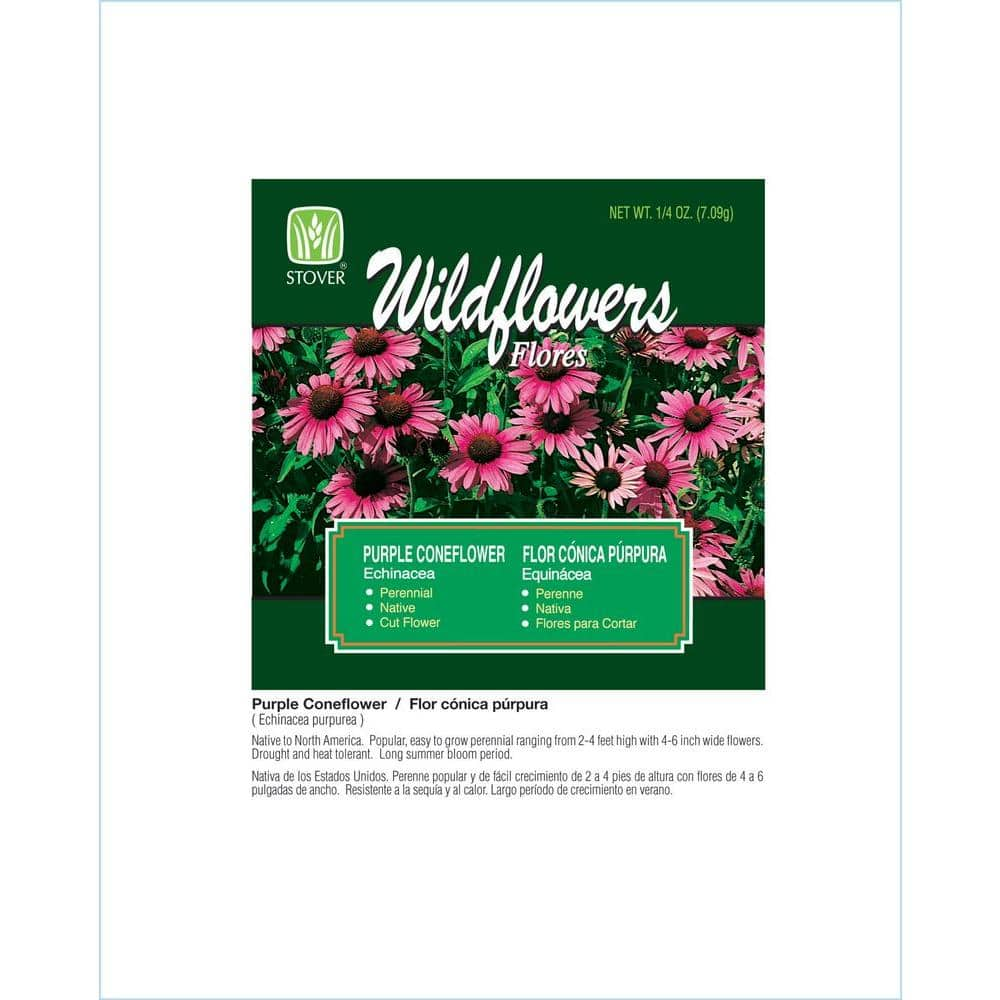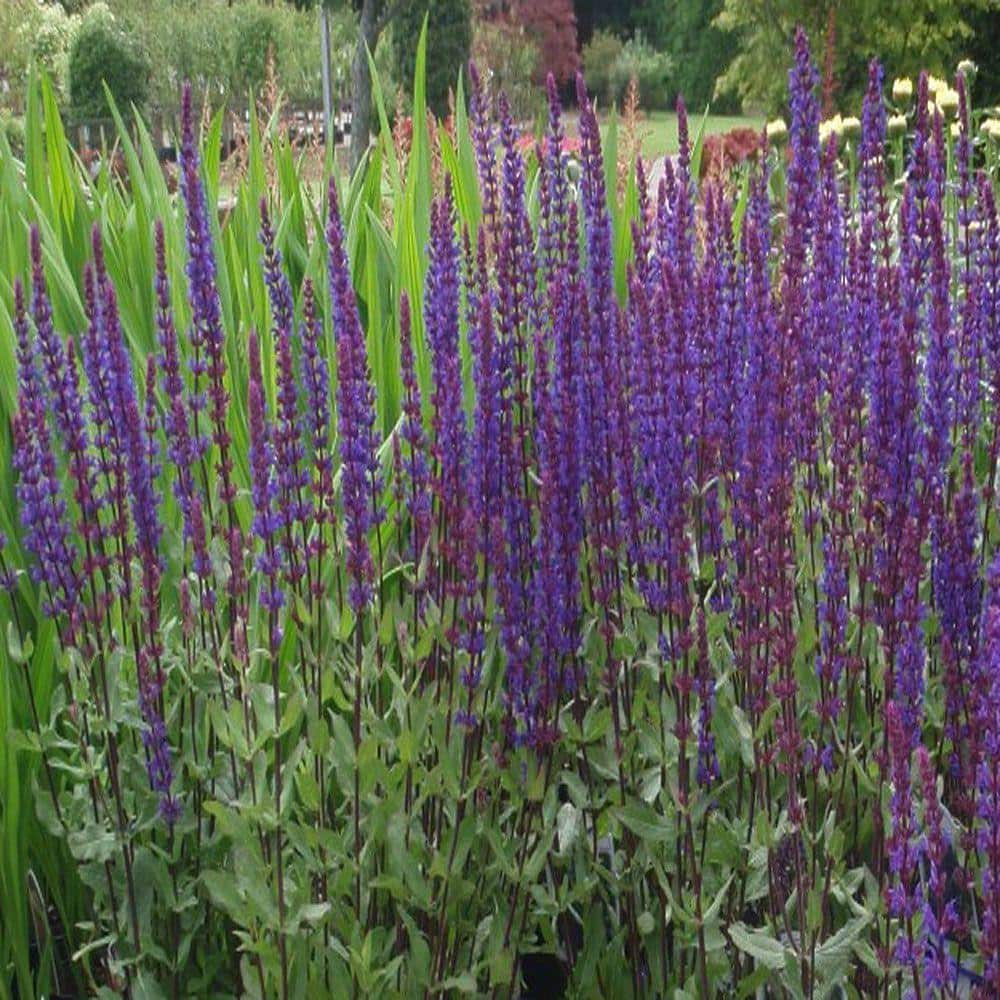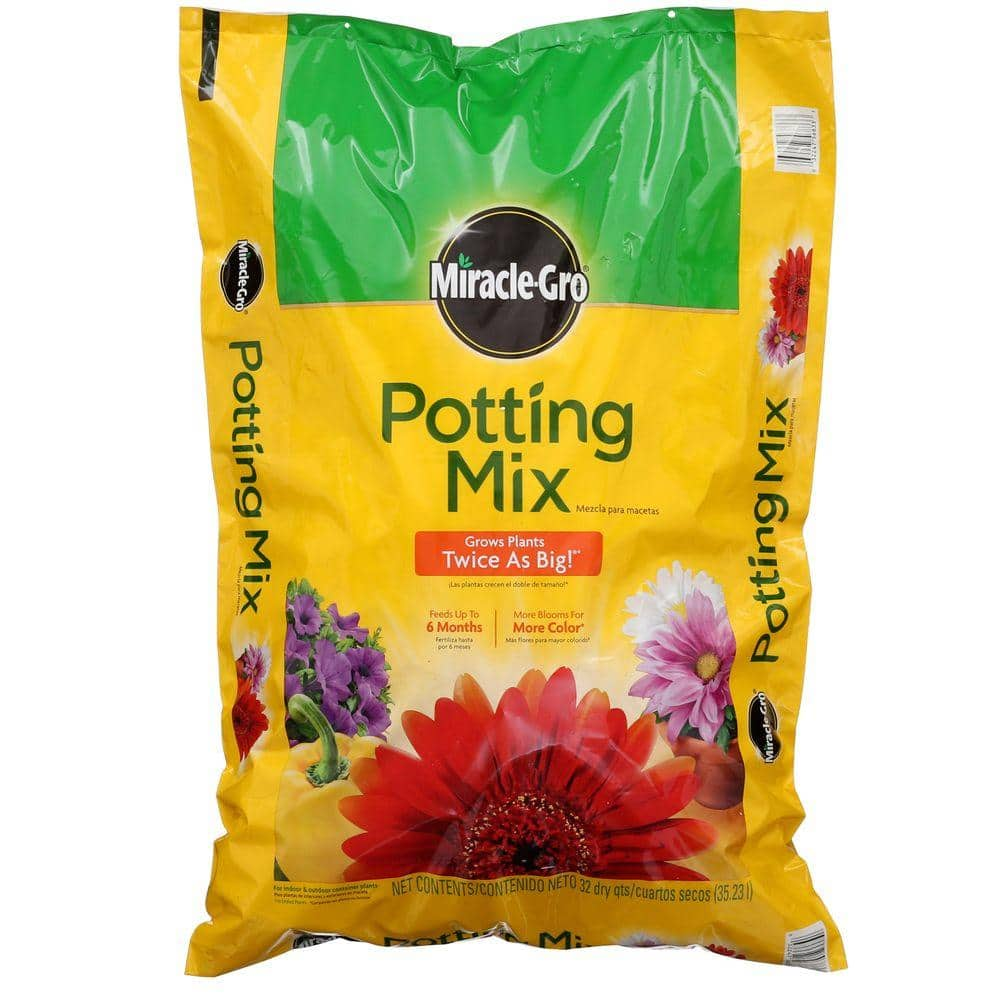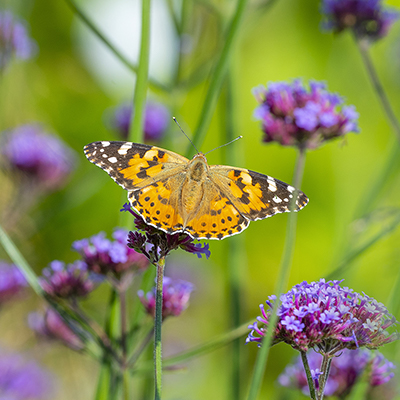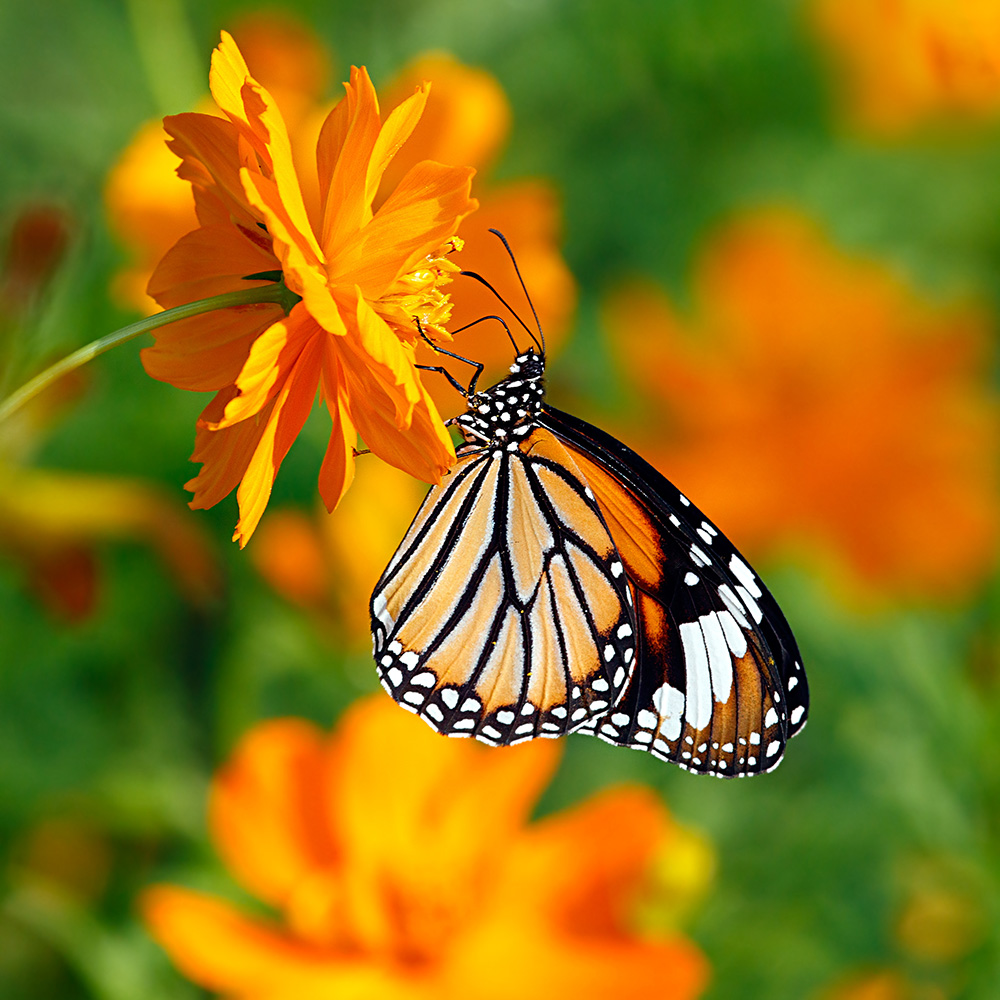How to Attract Butterflies to Your Garden
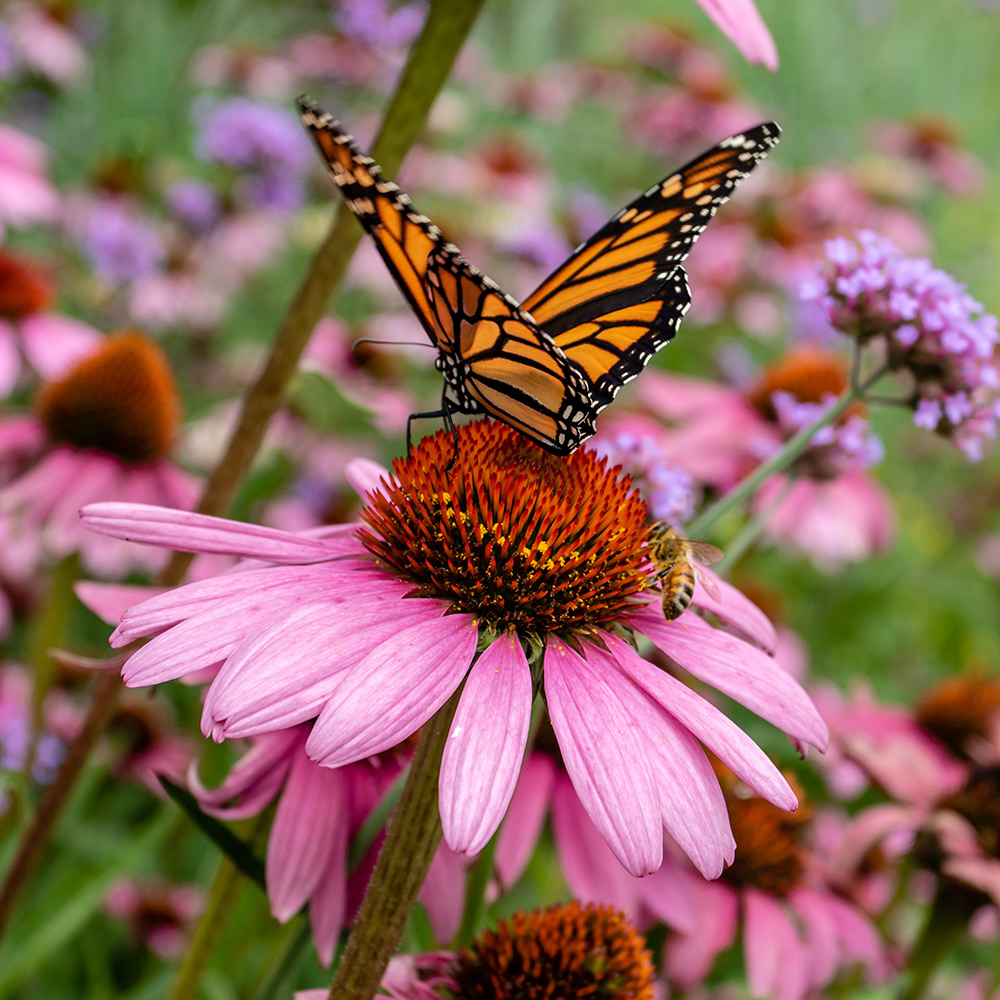
Last updated September 7, 2023
Butterflies and birds bring gardens to life. Invite them to your yard by planting a variety of flowers. Go for native plants in a sunny spot.
There are so many benefits to attracting butterflies to your yard. From providing shelter to nutrition, we've got you covered for all a butterfly's life stages. Check out this guide for growing pollinators and creating a butterfly garden.
Table of Contents
Make Your Yard Popular for Pollinators
Go Organic for Butterflies
Keys to Butterfly Garden Design
Grow the Best Host Plants for Butterflies
Choose the Best Nectar Plants for Butterflies
More Popular Plants for Butterflies
Make Your Yard Popular for Pollinators
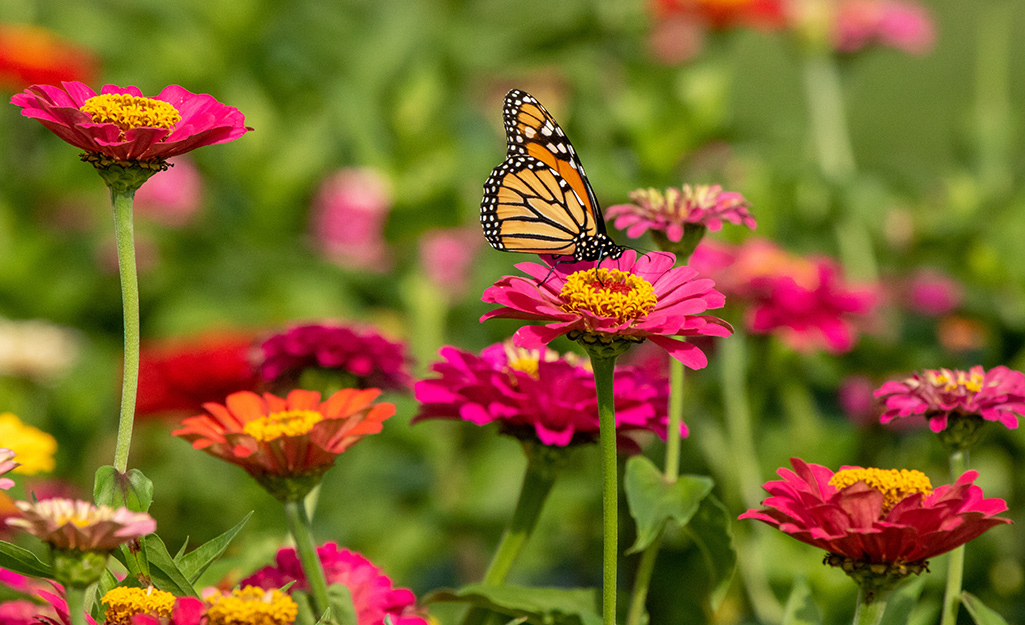
Just like sunlight, rainfall and soil fertility, pollination is essential. It leads to a thriving ecology. Insects and birds provide most pollination services in the garden. Among insects, the four major groups of pollinators are:
- Bees and wasps
- Butterflies and moths
- Beetles
- Flies
Butterflies help plants reproduce. In turn, butterflies feed on flower nectar. Nectar is the highly nutritious food that they need to survive. Trees, shrubs and flowers provide shelter. They protect it from predators and harsh weather through its whole lifecycle. While not as showy as butterflies, moths are just as important. They provide extra value to the garden as food for bats, tree frogs and songbirds.
Making your yard a safe haven for pollinators is important. Green space and habitats are declining with urbanization. Pesticide use is increasing, harming pollinators. Monoculture lawns and crop land is taking over. You can make a huge difference by prioritizing pollinators. Go big with a butterfly garden or small with organic gardening.
Go Organic for Butterflies
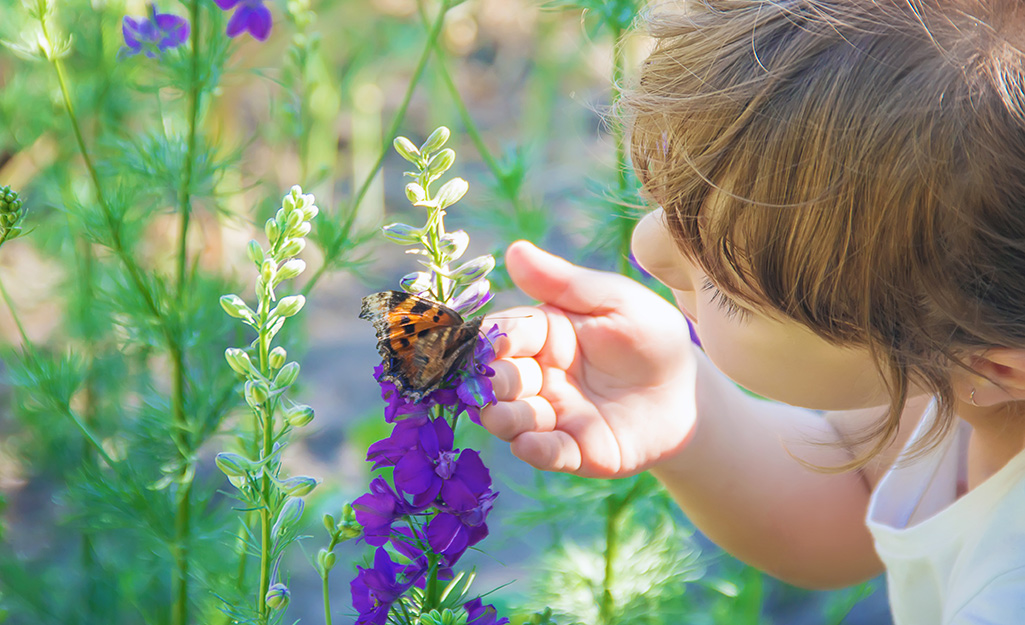
When designing a garden, consider the ecology of the plants and bugs. Learn how they interact with each other. A healthy ecology supports insects like butterflies. That’s why the first step in any butterfly garden is organic gardening. From soil to seeds and seedlings, build an organic garden that nurtures. You want to keep all the beneficial insects in your garden. Remember, insecticides will not support good bugs. Even organic solutions like Bacillus Thuringiensis will harm caterpillars.
Get the neighbors involved. Butterflies have a large territory. They'll need support from more than one small-space garden to thrive. Let your neighbors know your plans to support butterflies. Offer to share plants and treat problems in an organic way.
Keys to Butterfly Garden Design
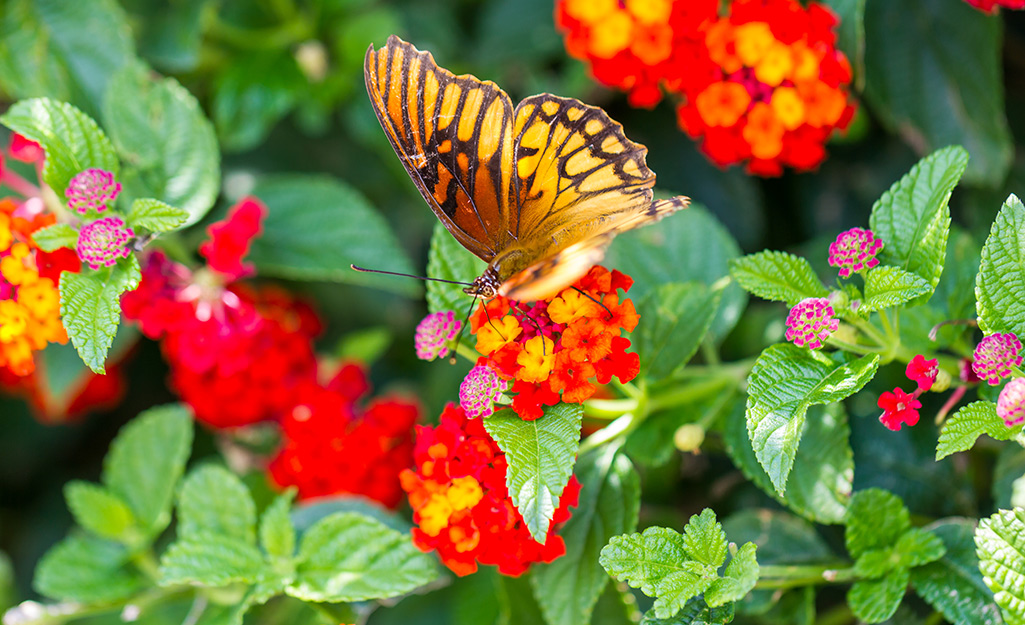
There are a few key design elements to incorporate to attract butterflies to your garden:
- Grow flowers in full sun. Butterflies need heat to thrive. They seek out brightly colored annuals in the hottest part of your garden.
- Grow native plants. Seek out a local native plant society. Check out your Local Extension Service for info on indigenous plants.
- Read plant tags. In the Garden Center, look for annuals and perennials. Ask an associate for plants that butterflies love.
- Bright colors and the right shape. Butterflies like red, yellow, orange, pink and purple flowers. They like flat or clustered petals. The flowers should have short flower tubes.
- Keep the show going. Choose flowers that bloom continuously. Or plan for a succession of blooms with staggered sowing of seeds. A good option are zinnias.
- Fill containers with butterfly favorites. Use the thriller, filler, spiller technique. Plant tall verbena “thrillers,” lantana “fillers” and bidens “spillers.”
- Make a spot for “puddling.” This is where your butterflies can drink water and extract minerals. To make a “puddle,” fill a shallow pan with coarse sand. Put it in your island bed. Keep the soil moist.
Tip: Butterflies are most active when they're hot. They like their internal temperature to be greater than 75 degrees Fahrenheit. This is why you’ll see butterflies landing on pavement and soaking up the sun’s rays. Place flat dark stones around your garden. They'll absorb heat for butterflies to be able to absorb heat.
Grow the Best Host Plants for Butterflies
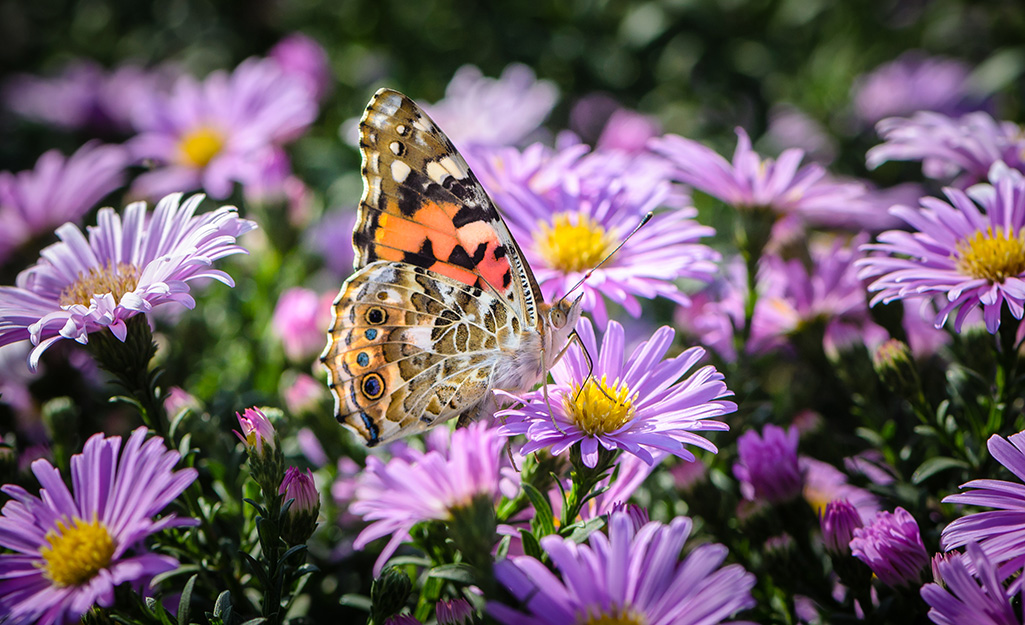
You’ll need to plant two types of plants for the butterfly life cycle:
- Host plants that offer shelter and nutrition for the growing caterpillars
- Nectar plants that provide food for the mature butterfly
Butterfly caterpillars can be particular about their host plants. For example, the monarch loves milkweed. An easy host plant for most gardens is curly parsley. This perennial herb can be massed in a border. Or, tuck it into containers for a pretty, green caterpillar home.
Common Caterpillar Host Plants:
Choose the Best Nectar Plants for Butterflies
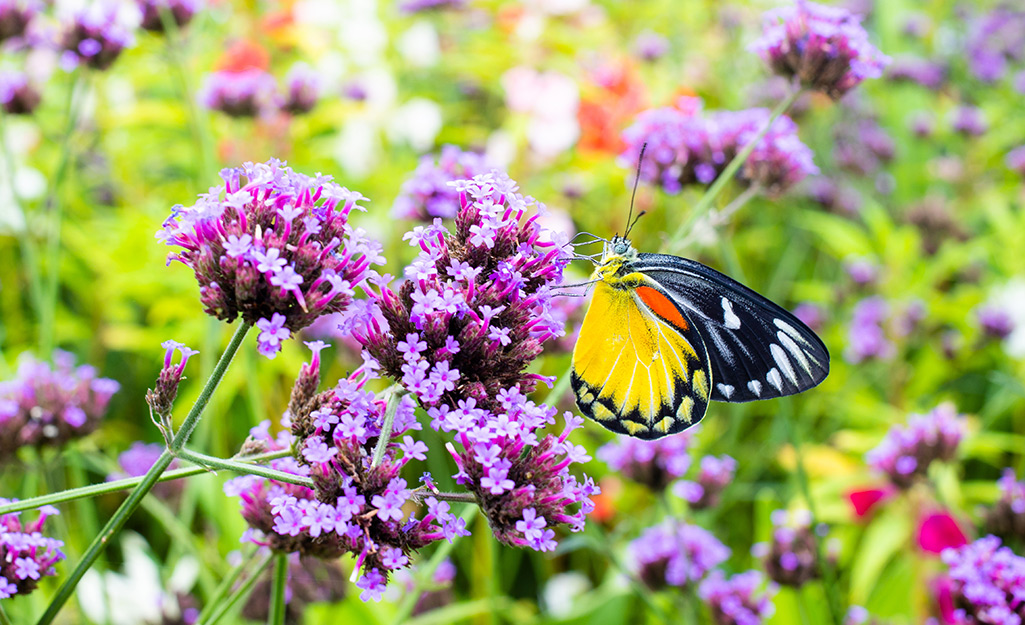
Butterflies are hungry, give them nectar with the following plants:
- Butterfly bush (Buddleia) is a classic pollinator magnet. It's great at attracting hummingbirds and bees, as well as butterflies. However, it's become an invasive shrub. Look for sterile varieties that will not spread, like Proven Winners’ Lo and Behold Blue Chip Jr. Butterfly bush in containers. Give it full sun, at least six hours, and well-drained soil. It’s perennial in USDA hardiness zones 5 to 9.
- Verbena is an annual favorite. It pumps out the color all summer long. Along with verbena, choose other brightly colored annuals. They'll need to handle at least six hours of full sun a day to bring in butterflies. Superbena is a good choice for mounding in a group of containers.
- Lantana comes in shades of yellow, orange and pink. They have solid and variegated flowers. This tough plant can handle drought stress and isn’t very particular about soil. Its clusters of tiny flowers are ideal landing pads for butterflies. If you have pets, keep lantana out of reach. According to the Humane Society of America, it's toxic to pets.
More Popular Plants for Butterflies

You have so many options when it comes to plants butterflies love:
- Sedums like ‘Autumn Fire‘ offer clusters of flowers. They open creamy white and deepen to dusky pink late in the season. This tough plant is perennial in zones 5 to 9. It thrives in containers and is easy to propagate. Just off the stems and place them in potting mix.
- Salvia are low-maintenance annuals. That's because they are self-cleaning (no faded flowers to deadhead). Butterflies will love the scarlet flowers from spring planting until fall. They’re a natural in containers with celosia and marigolds.
- Penta plant is a pleaser in the garden. This annual is drought-tolerant once established in the garden. Butterflies and hummingbirds can’t resist its clusters of pink or red blooms. Keep pentas watered. If they’re in-ground, a blanket of mulch will help retain moisture. Deadhead spent blooms to keep the plant neat and compact.
- Zinnias are a sure-fire butterfly magnet. They're probably the least expensive, too. For $2, you can buy a packet of Burpee’s ‘Cut and Come Again’ zinnia seeds. Plant them in a container filled with potting mix. They will bloom from mid-summer to frost. They offer butterflies shelter and nectar while you enjoy the show. If you want instant impact in your garden, pick up zinnia seedlings.
How to Grow a Bird-Friendly Garden

Please more than butterflies when you plant for feathered friends. Here's how:
- Offer your feathered friends a backyard buffet. Plant annuals and perennials with large seedheads. Examples are sunflowers, black-eyed Susans and coneflowers.
- Hummingbirds drink nectar and are attracted to red, orange and blue flowers.
- Don’t forget water: A birdbath or fountain is popular. Clean it once a week to keep visiting birds healthy.
- Grow plants that bloom at different times so birds can always find something to eat.
- Don’t deadhead the flowers you’re growing for birds – that’s their dinner!
Tip: Do not spray chemical pesticides on plants that birds and butterflies might eat.
Need a tool to complete your butterfly garden? The Home Depot delivers online orders when and where you need them.

